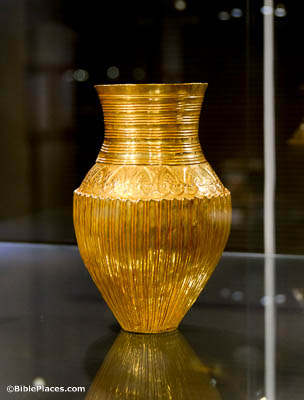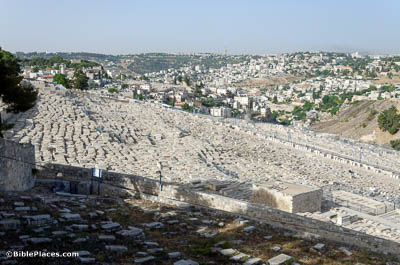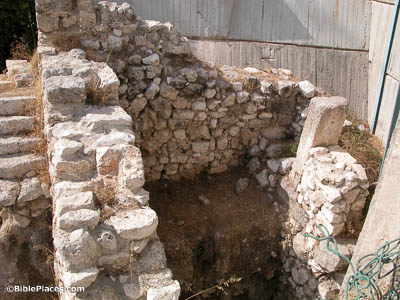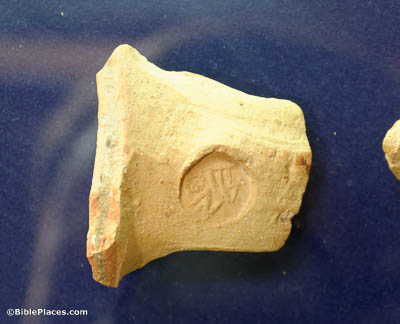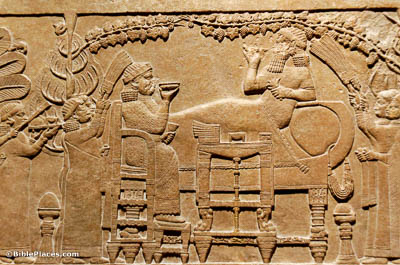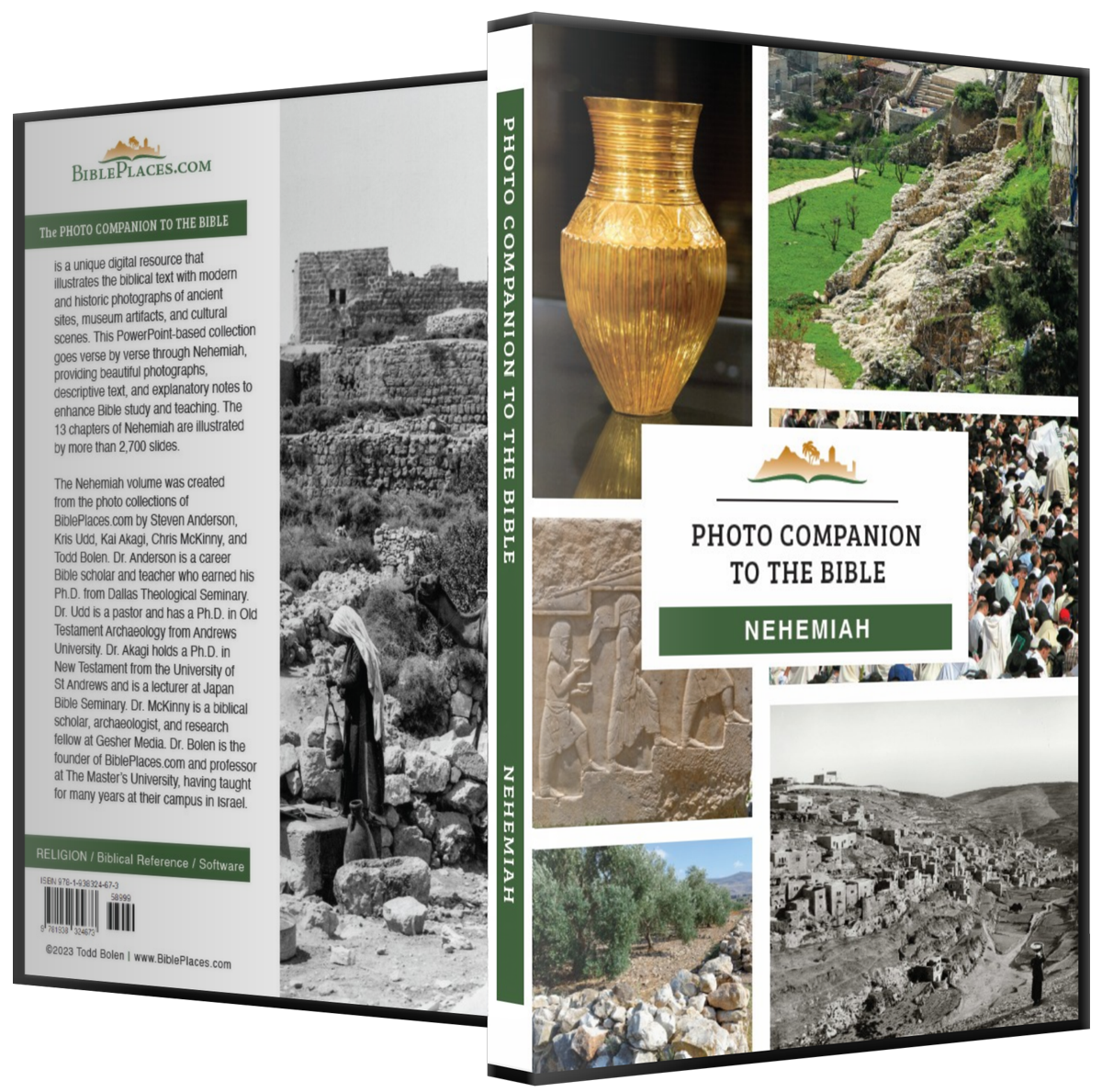When wine was served, I carried the wine and gave it to the king (Nehemiah 2:1)
This gold amphora (jar) was likely used for storing and pouring out wine at the royal court. It dates to 550-450 BC, quite close to the time of Nehemiah. The amphora was photographed at the Reza Abbasi Museum in Tehran.
